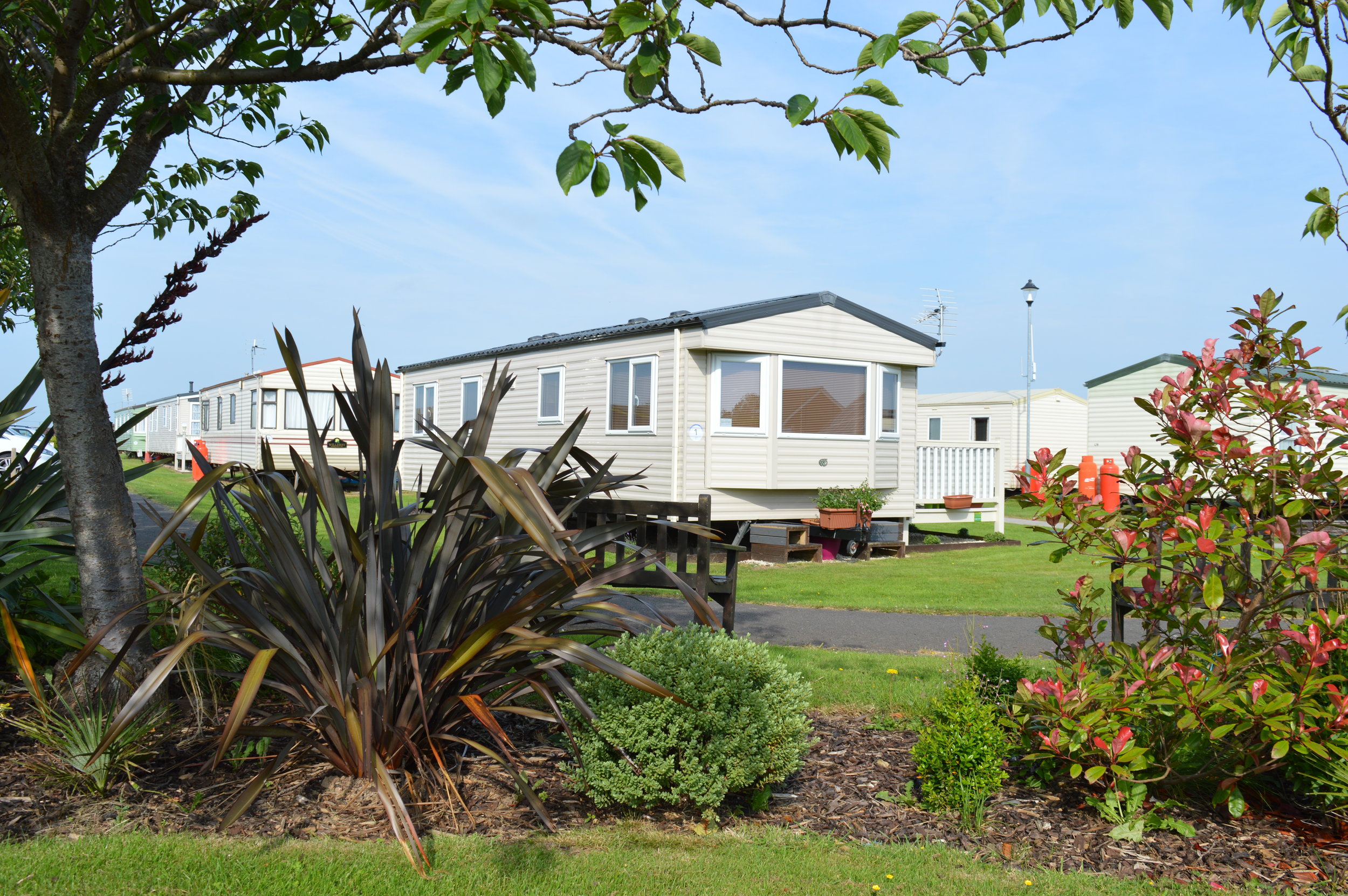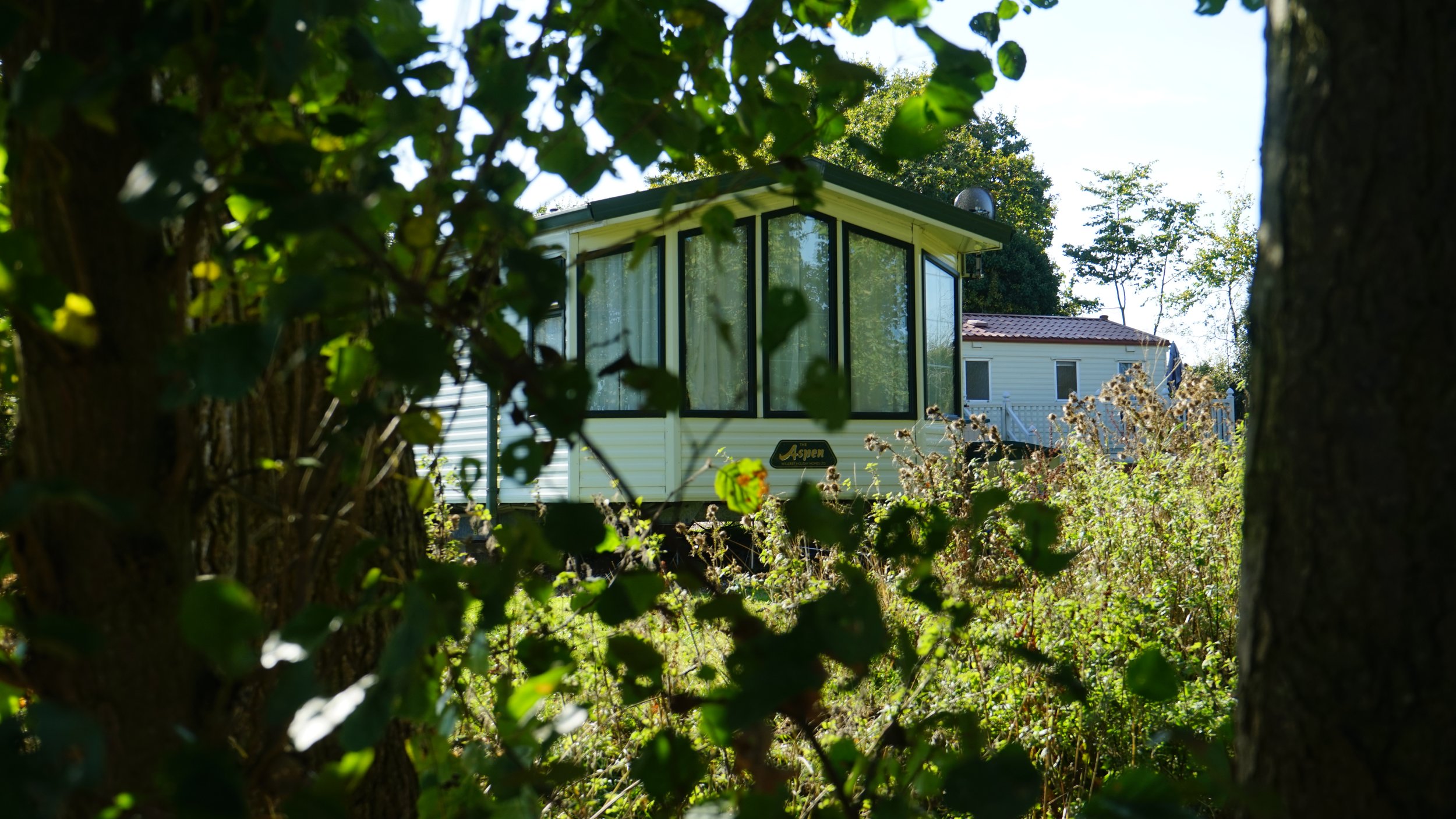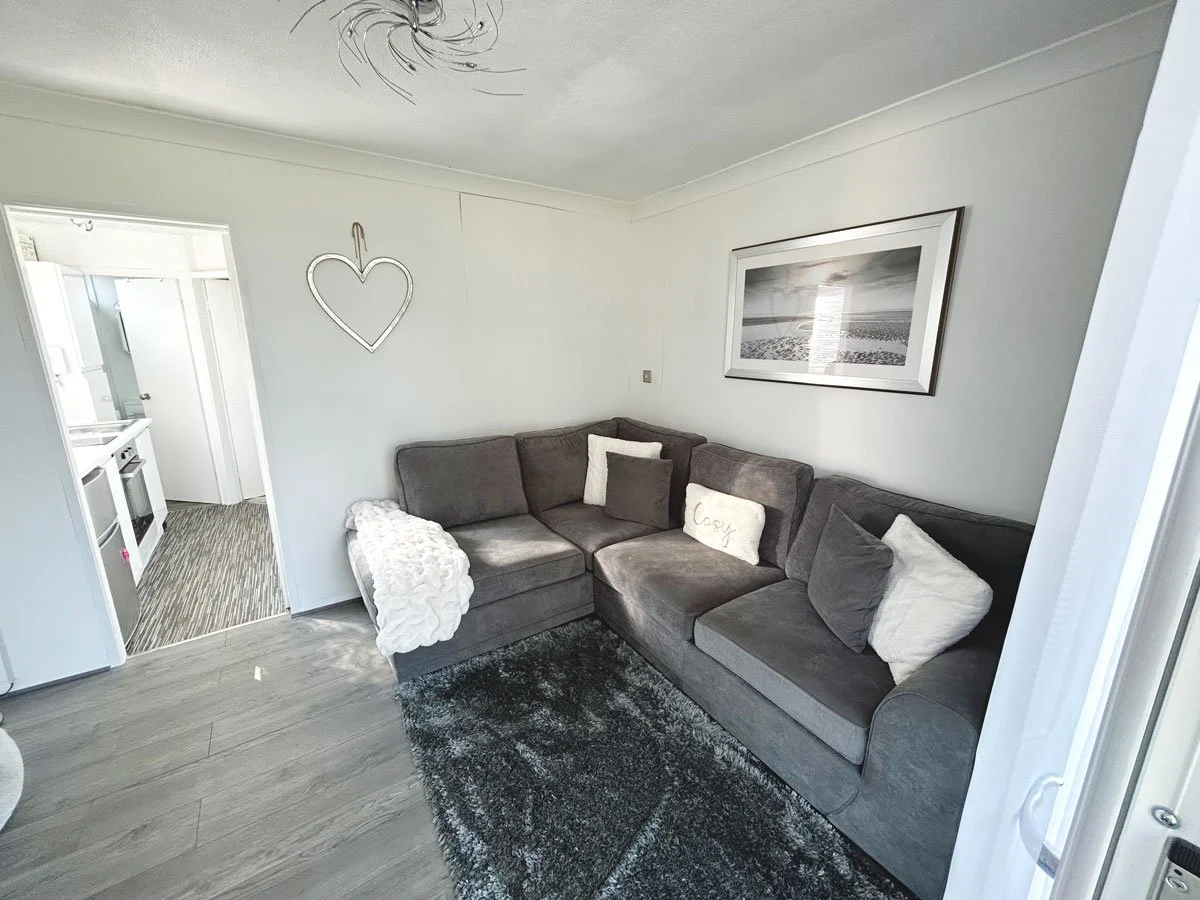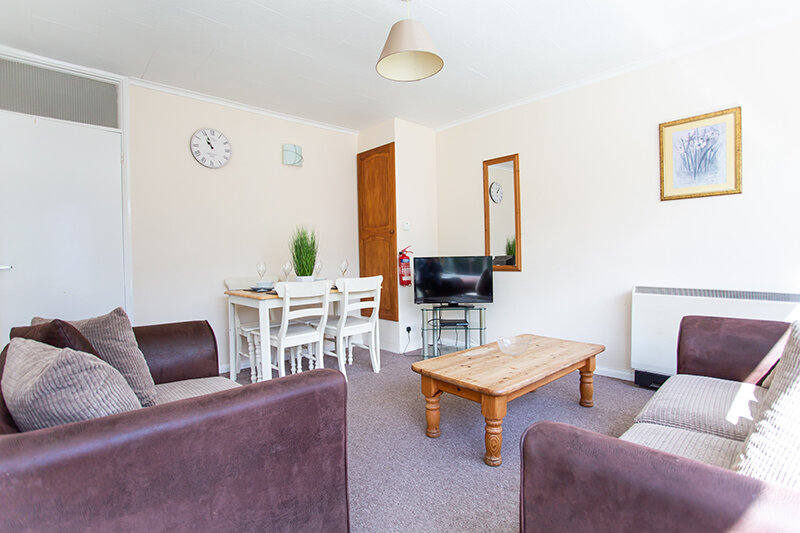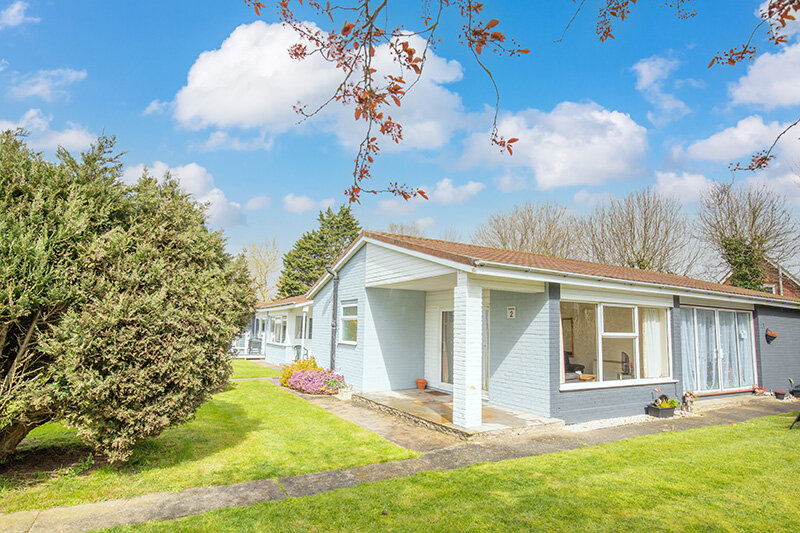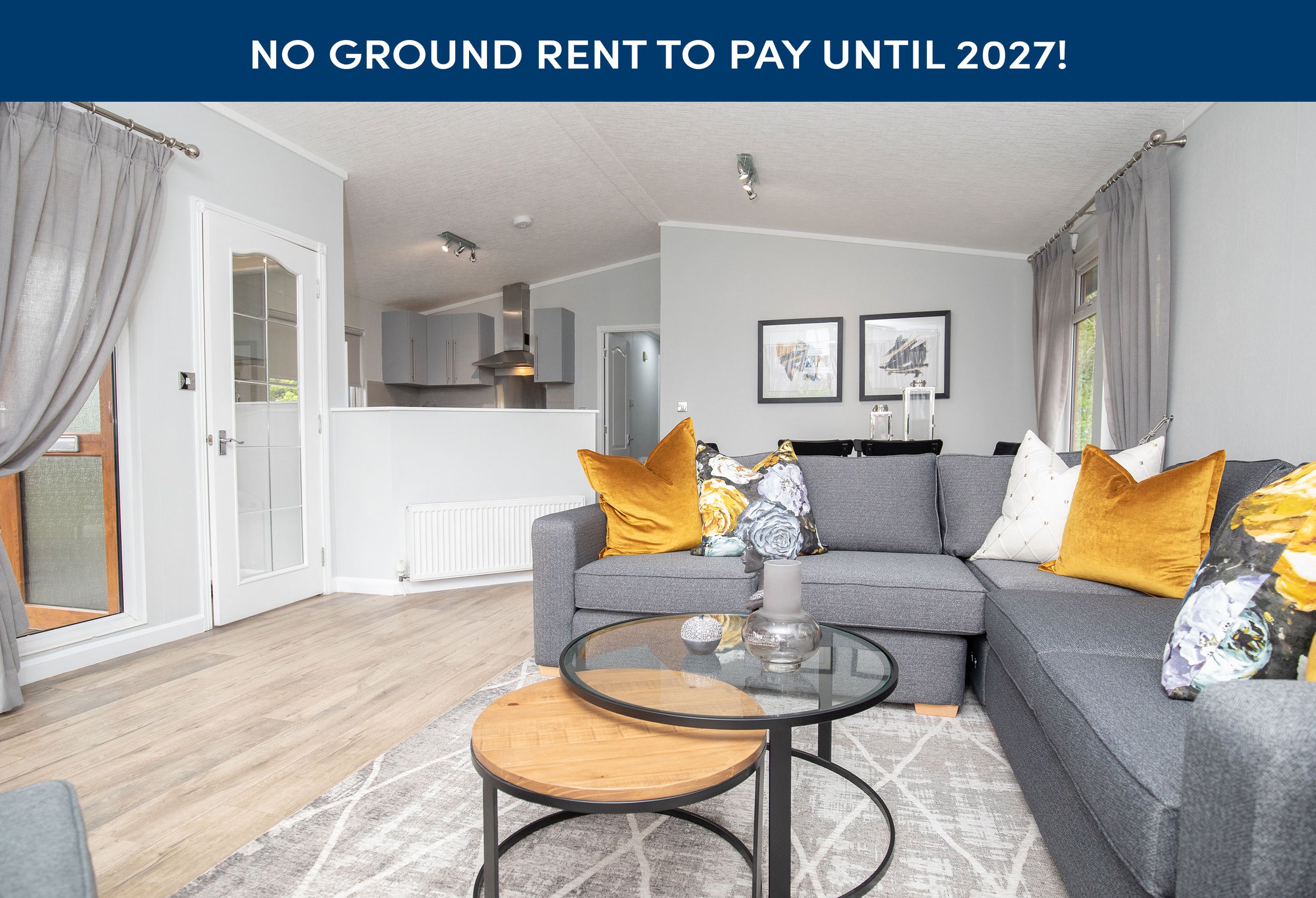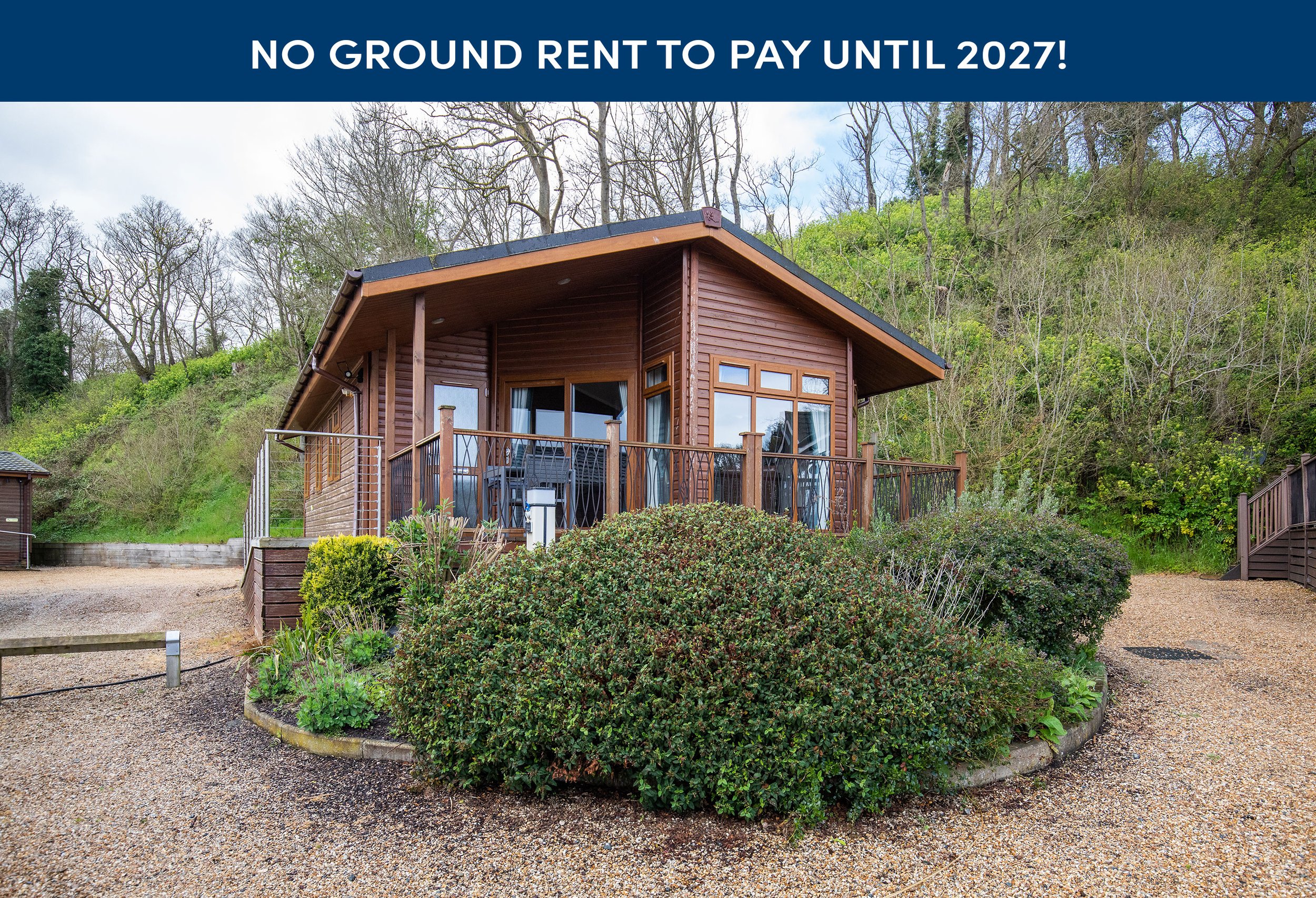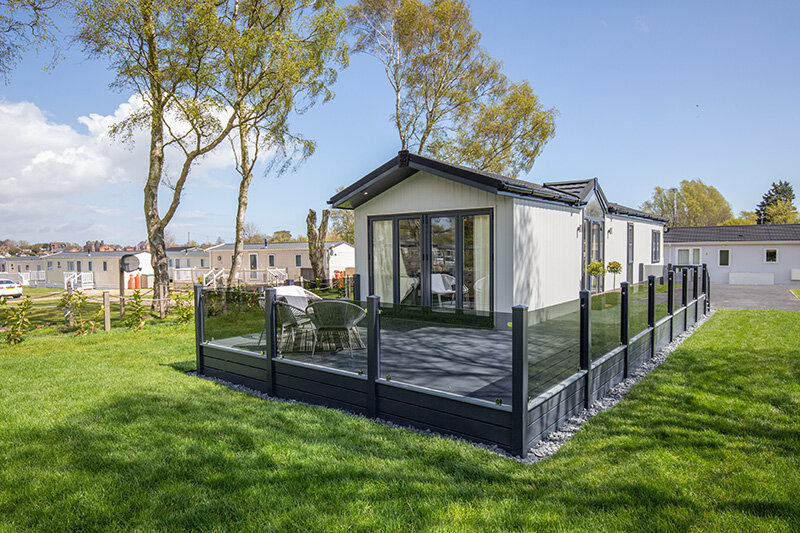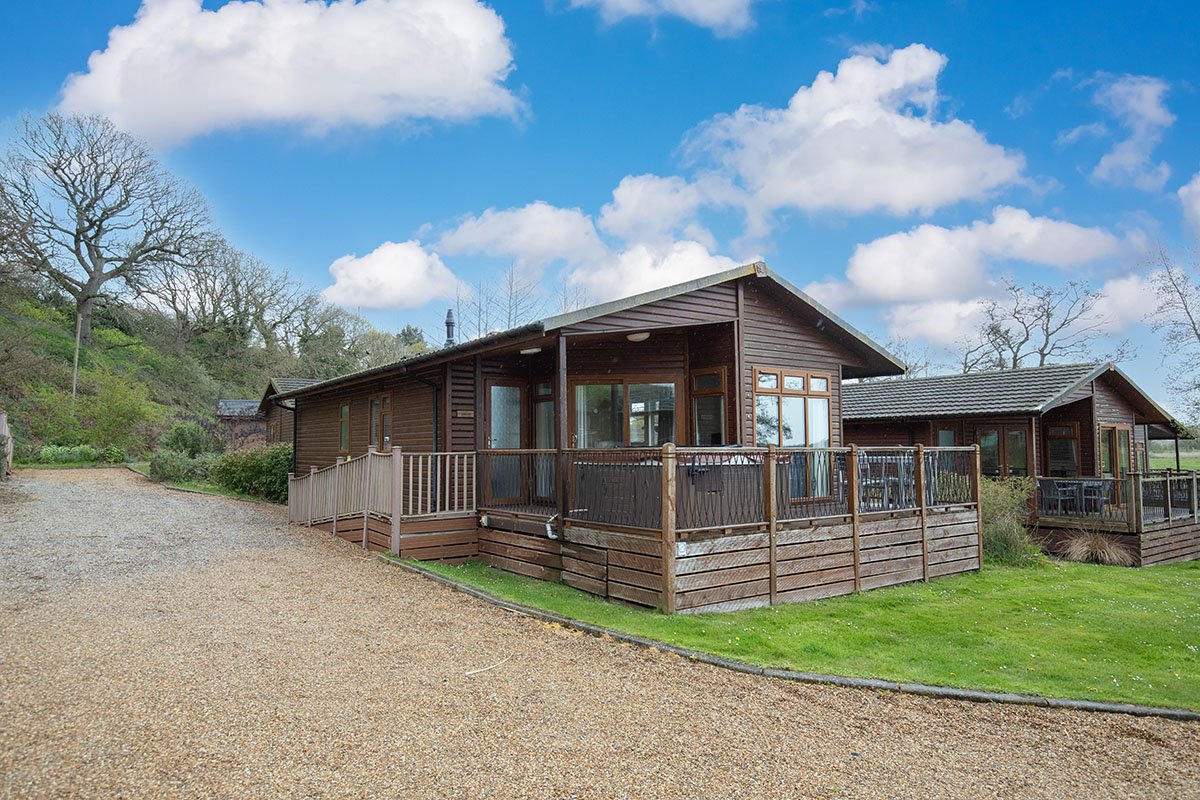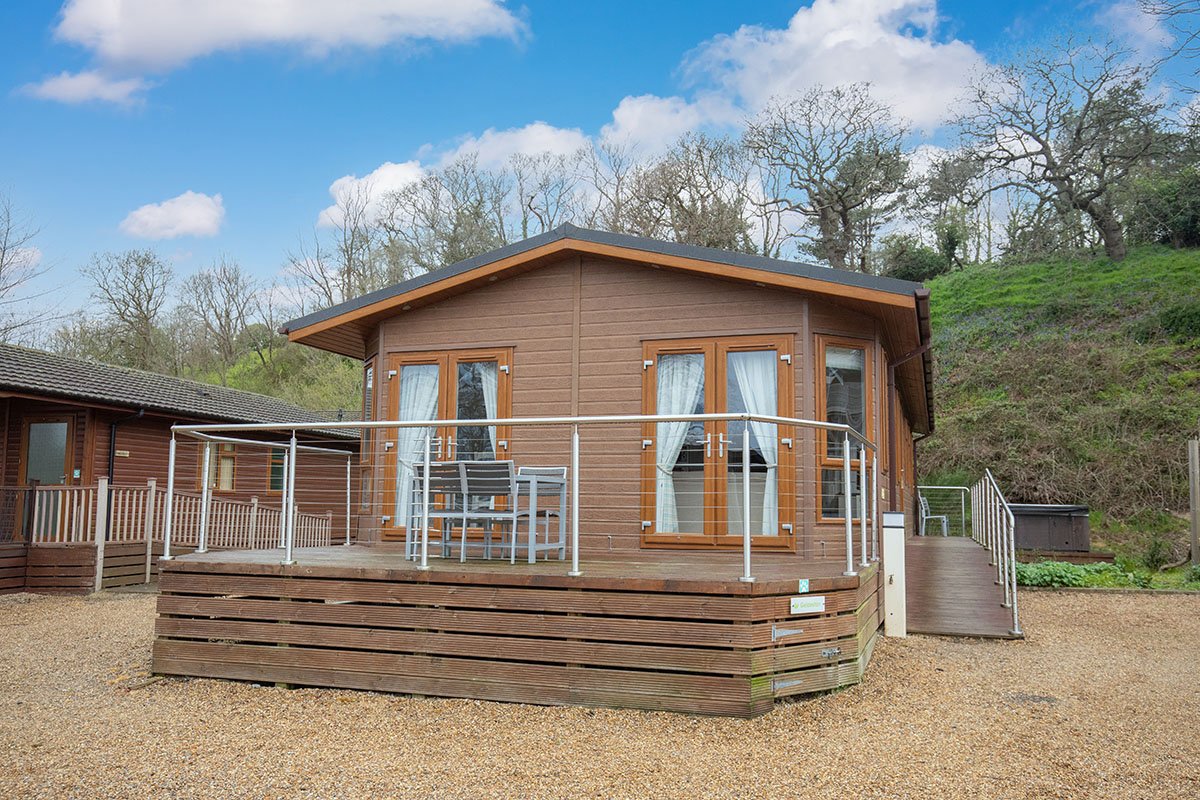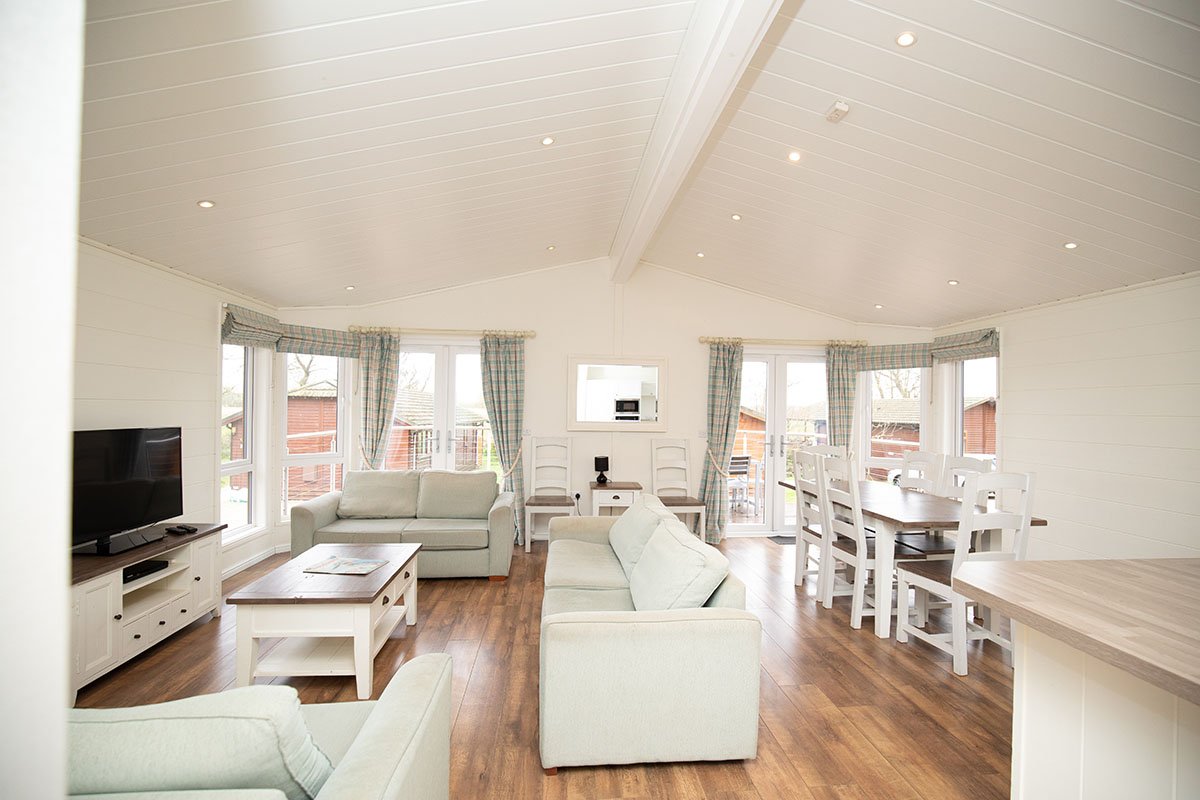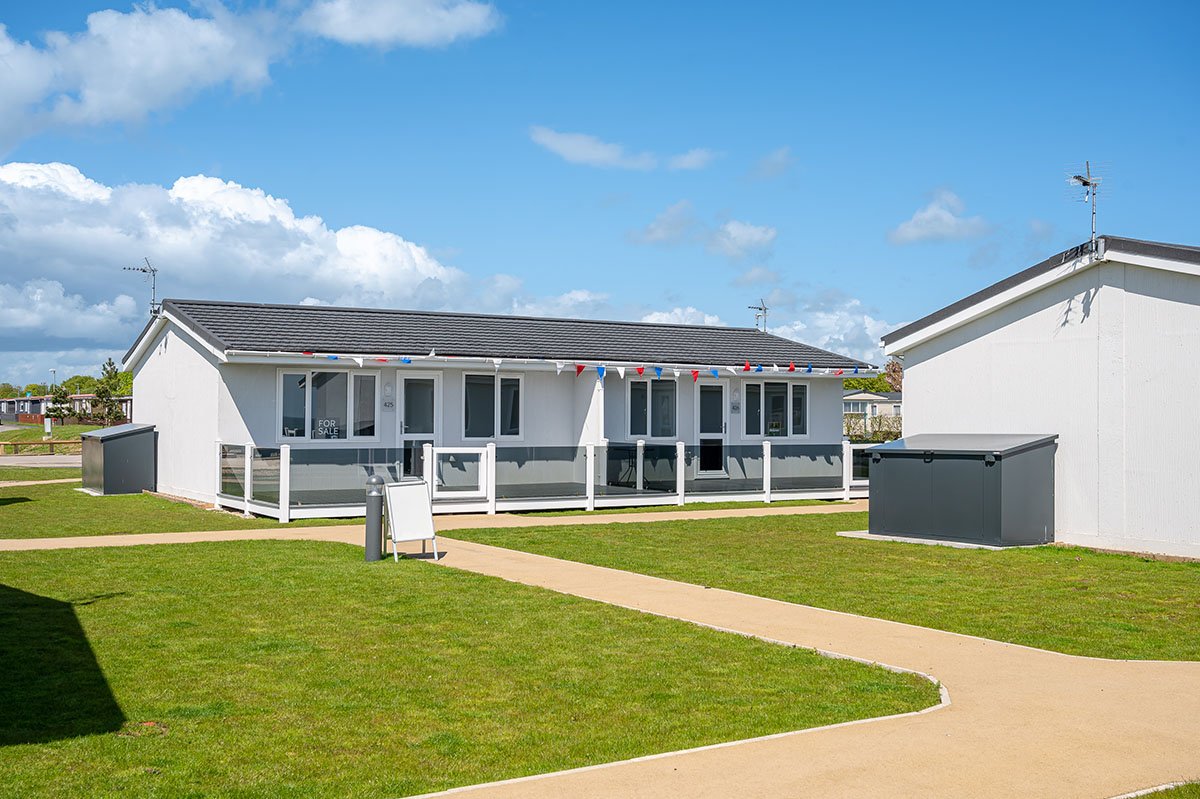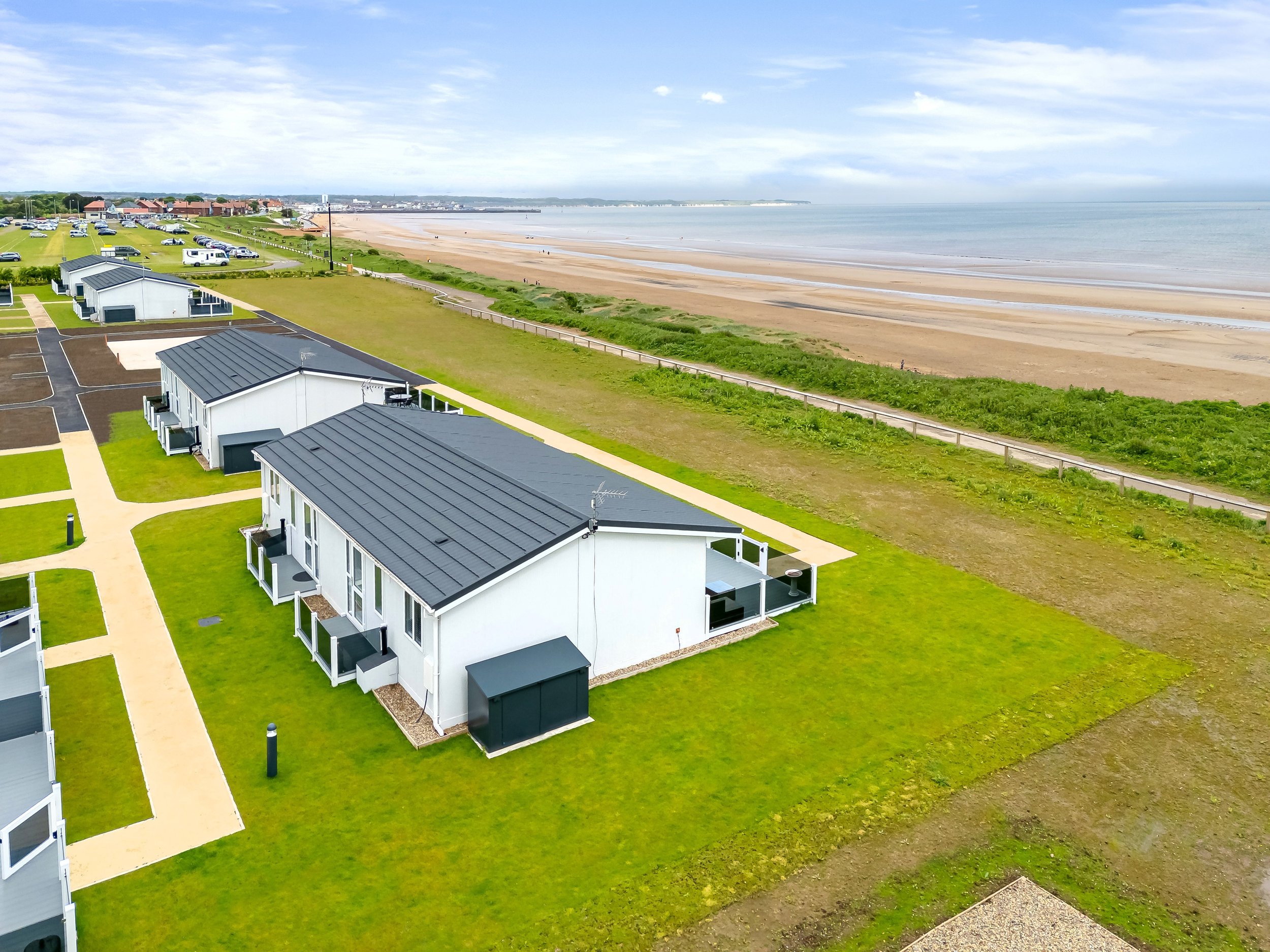Chalets, lodges, and static caravans are all increasingly popular as UK holiday homes. But how they’ve developed over time is quite a story.
Join us on a journey through time to explore the roots of UK holiday homes—from ancient Silk Road traders who inspired today’s luxury lodges to the rise of touring caravans and seaside chalets.
Discover how coastal holidays boomed in the 1950s, how architect John Taylor shaped the chalet, and how these retreats became a beloved part of British holiday history
A caravan was a group of people, usually traders and merchants travelling by camel or horse along the old Silk Road through South Asia, Persia, and the Arabian Peninsula
The History of the static caravan
Today’s luxury static caravan has its roots in ancient routes.
There’s an irony in the fact that the story of the static caravan probably begins with travelling. Today’s luxury static caravan has its origins in ancient Middle Persian language, when it was karawan. In Old French, it became carvane.
What does caravan mean?
A caravan was a group of people. They were usually traders and merchants travelling by camel or horse along the old Silk Road through South Asia, Persia, and the Arabian Peninsula. These were difficult routes, though treacherous desert terrain. Being in a large group was protection against bandits and robbers and all manner of hazards.
By the 19th century, the idea of a caravan had begun to move on
Inspired by the Romani people who lived and travelled in their horse drawn caravans, Samuel White Baker bought one of the vehicles in 1879 and took it to Cyprus for a tour.
By 1880, the Bristol Wagon & Carriage Works had built a ‘leisure trailer’ for William Gordon Stables. At 5.5m long, it was loosely based on the wagons used by preachers in the American west. Already established as a children’s author, Stables wrote a book about his travels around the UK in his caravan.
Other gentlemen took up the idea, including the Duke of Newcastle who followed suit with a specially commissioned caravan he called The Bohemian. The Bohemian (UK, 1892) allowed the Duke to indulge his passion for travelling and the outdoors.
Although still largely the preserve of the wealthy, caravanning was rapidly gaining popularity with the less wealthy but emerging middle classes who were developing an interest in the outdoor life.
1901 saw the launch of the Camping And Caravanning Club™
The Camping and Caravan Club was the first organisation dedicated to this new recreational pursuit. After World War One, in 1919, in Birmingham, Eccles Motor Transport Ltd produced the first motor car towed caravan. Eccles would go on to become a hugely respected name in touring caravans but those early days saw the emergence of camping and caravanning as a mainstream activity. Little evidence survives, but it’s known that Eccles had established the Eccles Caravan Owners Club between the wars.
Holiday homes and holiday time - Static Caravans arrive
The nation was developing an insatiable appetite for outdoor life. And there was increasing accessibility to holiday time with pay. Legislation would soon ensure that employers gave workers paid holidays.
The Holidays with Pay Act would be a milestone in British life. It would change the way we thought about holidays.
DO YOU KNOW?
The Holidays with Pay Act was the first law to grant paid holiday leave in the UK? When was it passed?
a. 1876
b. 1938
c. 1754
d. 1900
Answer
In the UK, the Holidays with Pay Act 1938 gave those workers whose minimum rates of wages were fixed by trade boards, the right to one weeks' holiday per year. This was the first law on paid leave in this country, but it fell short of the two weeks demanded by the trade unions and did not cover all workers.
With increasing demand for leisure and holidays, it was almost inevitable that there would be a static version of the caravan on offer.
In 1869, British architect John Taylor had designed and built some single-storey residences at Westgate-on- Sea. These buildings would become an important part of this story, because a few months after they were completed, a journalist described them as ‘bungalows’.
The word bungalow was of Indian origin and referred to houses ‘in the Bengali style’, and the name stuck. In fact, Mr Taylor actively encouraged its use, seeing the potential of having a ‘label’ which he could promote.
The carabung…
The ‘Cara-bung’ arrived in the 1930’s. Its name was, of course, a fusing together of ‘caravan’ and ‘bungalow’.
The Cara-bung was the first commercially produced static caravan, aimed at the growing market for affordable holiday homes. Here was a caravan that could be left sited, rather than toured around, on one of the ‘caravan parks’ that were springing up around the country.
The Cara-bung was not an instant success - somehow it felt like a false start. It was all too new an idea, perhaps, for a country about to take a downturn in prosperity and face up to a looming world war.
Post-war was all change for the UK holiday home
With World War Two over, and peace and prosperity fuelling the beginnings of a leisure boom, the static caravan came into its own. New manufacturers entered the caravan market and more entrepreneurs set up caravan sites.
The Caravan & Motorhome Club, which had been founded in 1907, saw the potential and by 1951 had created the Caravan Harbour as part of the Festival of Britain.
Many caravan park owners bought caravans and permanently sited them to rent them out as holiday accommodation. The obvious choice for that venture was a static caravan.
‘The Jenkinson Mobile Cottage’ was just one of the models selling in large numbers by the late 1940’s. As the 1950’s got underway, the great British public took static caravan holidays to their heart. Renting one was hugely popular, and buying one was becoming very attractive.
Caravan sites were now upgraded from what had been little more than fields to well-laid-out parks with proper facilities, and caravans themselves went through a steep change.
Touring models were now better designed and better equipped. We headed for the seaside and couldn’t wait to tell everyone, where the classic seaside postcard came into its own.
DO YOU KNOW?
Before FaceTime and WhatsApp, we sent postcards from our holidays, and of course, they are still on sale today. When were the first picture postcards issued in the UK?
a. 1894
b. 1950
c. 1800
d. 1918
Answer
The first picture postcards in the UK were officially sanctioned by the Post Office on September 1, 1894, and it was believed that the first British picture card was published by E.T.W. Dennis of Scarborough.
A static caravan for the modern age
The era of plywood (in some cases hardboard!) and camping level furnishings was over for static caravans. Now came glass fibre bodies, running hot water from internal tanks, ovens and bunk beds.
The static caravan became bigger too. As people became more comfortable with the idea of a static caravan holiday home, they realised that they wanted to be, and could be, more comfortable inside them.
By the mid-1960s, mains electricity and flushing toilets in caravans were the norm. And now, alongside the holiday camps such as Butlins, we had holiday parks all around the UK coast. We had UK holiday homes for the 21st century.
As the parks became more like resorts, the UK-based holiday home vacation (the term staycation had not yet been coined) became more in demand. In turn, the static caravan became ever more sophisticated.
DO YOU KNOW?
Bram Stoker found inspiration for his legendary novel ‘Dracula’ in a UK seaside town. Which one?
a. Great Yarmouth
b. Whitby
c. Brighton
d. Southend
Answer
Bram Stoker's Dracula draws inspiration from Whitby. This Yorkshire seaside town is where Stoker spent time and encountered elements that later appeared in the novel, including Whitby Abbey, the 199 steps, and a shipwreck.
UK holiday homes developed in more ways than one
Chalets and the Birth of the Seaside Holiday
Let’s get one thing straight from the start: a Seaside Chalet is not the same as a Beach Hut. And neither of them should be confused with a Bathing Machine. They may all share a seaside setting, but their purposes—and histories—are quite different.
The Bathing Machine was essentially a beach hut on wheels, popular during the Victorian era. Its main function? To preserve modesty. It allowed beachgoers to change clothes in private and be rolled into the sea for a discreet dip. But by the early 20th century, social norms had relaxed. Mixed bathing became acceptable, and strolling across the sand in a bathing suit no longer raised eyebrows. The wheels came off—literally—and the Beach Hut was born.
Beach Huts are still beloved today, offering a charming (if compact) way to enjoy the coast. But don’t expect much in the way of comfort: most lack running water, electricity, or sleeping space.
That’s where the Seaside Chalet comes in…
The Seaside Chalet has a more complicated story
This is more than just a journey through the history of holidays—it’s a story of sociological change, and a glimpse into the curious ways language evolves over time.
Let’s begin with a question of definitions: what’s the difference between a chalet and a bungalow? For some, the distinction is clear-cut. They view these two buildings as both architecturally and linguistically separate. For others, especially those who look a little closer, the lines begin to blur. The terms become, if not interchangeable, then at least overlapping.
By the 1950s, for example, the concept of the seaside chalet had become virtually synonymous with the seaside bungalow. On the east coast of the UK, a self-catering single-storey holiday residence was referred to as both a chalet or, after John Taylor’s designs, a bungalow.
DO YOU KNOW?
What does the UK have 7,700 of?
a. Beach Huts
b. Fish & Chip shops
c. Deck chair rental huts
d. Miles of coastline
Answer
The UK coastline is a diverse and spectacular sight that stretches over 7,700 miles. From rugged cliffs and sandy beaches to charming fishing villages and bustling ports, the coastline offers something for everyone. A walk along the shoreline can reveal hidden coves, crashing waves, and stunning views of the sea.
From Alpine Slopes to English Shores: The Chalet Goes Global
At the same time, “chalet” was crossing borders—both geographic and linguistic. Long before shepherds’ huts became a staple of the modern glamping trend, seasonal workers in the Alpine regions of Switzerland and France used the term chalet to describe their temporary hillside dwellings. These weren’t huts—they were chalets, and the word soon followed Alpine tourism into the English-speaking world.
As travel to the Alps became fashionable, so did the language of the Alps. “Chalet” gained broader currency, still strongly associated with skiing, but also picking up new meanings. In the United States, for instance, it was adopted to describe everything from stylish mountain cafes to beachfront holiday homes.
Back in England the word bungalow, despite John Taylor’s best efforts, was not becoming particularly popular. The concept of the building itself may even have slipped away had it not been for a bizarre coincidence that fuelled the demand from both the ‘bohemians’ and the middle classes.
From Rossetti to Resort Parks: The Rise of the Chalet
If there was one thing that rescued the bungalow from obscurity, it was a certain magic that came from its rather glamorous association with the legendary Pre-Raphaelite artist Dante Gabriel Rossetti. John Taylor had built some prefabricated versions of his design at Birchington. In 1882, when Taylor died, Rossetti was living in one of those bungalows. It was another important accident of history that he’d called his bungalow ‘The Chalet’.
From there on, the seaside chalet was fashionable. It was ‘the thing to have’ - owning one was the dream. If you rented it or hired it, a seaside chalet was the place to spend a holiday.
As the 21st century arrived, the seaside chalet became an increasingly sophisticated concept. Better built, better appointed, and sited in carefully chosen holiday locations - chalets now emerged as the ideal holiday home. This was an opportunity to have somewhere to spend holiday time, as well as make a property investment; an investment that could not only make a return on its capital value, but also generate income from rentals when the owners weren’t using it themselves.
Holidaying continues to change in certain areas around the UK
All over the country, from Yorkshire to Lincolnshire, UK holiday homes have become more and more popular over time. The seaside remains a real attraction, but other appeals have become more clearly identified.
Sporting activities like golf are catered for at locations like Tingdene Caldecott Hall Country Park, and unique UK holiday locations like the Norfolk Broads are sought-after UK holiday home destinations. The Norfolk Broads waterways have a fascinating history themselves, which includes the arrival of legendary holiday companies over the years.
DO YOU KNOW?
The Norfolk Broads are a favourite UK holiday destination. How were they formed?
a. They are a natural phenomenon
b. They are flooded medieval peat diggings
c. They were caused by a prehistoric earthquake
d. They are swimming pools built for Roman soldiers
Answer
They are flooded medieval peat diggings. The Norfolk Broads, a unique landscape of open water and interconnecting rivers, were formed by medieval peat digging activities, where large pits were dug for fuel, which later flooded, creating the current wetland ecosystem.
The History of Hoseasons is a fascinating part of the UK holiday industry’s story
In the 1920’s, with peace briefly restored post World War I, holidays on the Broads came into their own. Regattas and sailing clubs for the locals, holidays for visitors and evolving boat design saw the area soar in popularity.
The Second World War obviously brought things to a halt again - the Broads were all but shut down, largely through fear of invasion. During the war, some boats had been repurposed as temporary accommodation. One man, tasked with organising this effort, recognised that with the arrival of peace in 1945 came a new opportunity - his name was Wally B Hoseason.
With the help of his son James, Hoseasons Holidays grew to become a household name. From the 1950s onward, Hoseasons played a pivotal role in the post-war boom of domestic holidays. They tapped into a generation newly empowered by paid holiday leave and rising affluence, using sophisticated marketing to turn Broads holidays into a national trend.
Even today, Hoseasons remains a key player. For example, a holiday at Tingdene Waveney River Centre in Norfolk can still be booked through Hoseasons. Based in Lowestoft and closely linked to the Oulton Broad area, the brand continues to be a top choice for UK holidaymakers and holiday home buyers alike.
WAVENEY RIVER CENTRE, NORFOLK is a great example of Broads holiday lifestyle
Set on the border of South Norfolk in the Waveney Valley, the Waveney River Centre is surrounded by some of the most breathtaking scenery the Broads have to offer. Here, you can enjoy uninterrupted views across rivers and marshes—a perfect blend of serenity and tradition.
This is Norfolk Broads marina and boatyard life at its most authentic. Yet it also comes with modern comforts: an indoor heated pool, shop, launderette, play areas, and a family-friendly pub. It’s a place where nature and leisure coexist—where birdsong accompanies a riverside pint, and boatyards sit beside woodland trails.
It’s also a perfect reflection of current travel trends. As more people seek to reduce air miles and escape the stress of airports, destinations like this offer a more grounded, peaceful approach to holidaying. A UK holiday home in a setting like Waveney delivers exactly that: relaxation, connection to nature, and a sense of timeless escape.
But in truth, the appeal of the UK holiday is nothing new. History shows it’s always been a favourite—and thanks to pioneers like Hoseasons, it continues to thrive.
DO YOU KNOW?
What was the destination for the first holiday package tour?
a. New York
b. Ibiza
c. Loughborough
d. Benidorm
Answer
The first "package tour" organized by Thomas Cook was a day trip from Leicester to Loughborough on July 5, 1841, for a temperance meeting (a gathering focused on advocating for or promoting abstinence from alcohol or the moderation of alcohol consumption).
It was a trip that cost one shilling per person and included rail travel, a ham sandwich, and a cup of tea.
Package holidays aside, and much later with people having the independence to invest their pension pots themselves, suddenly the concept of buying a UK seaside chalet holiday home emerged as a hugely attractive option. The greener, more cost-effective, and more family-oriented seaside chalet holiday ticks a lot of boxes for a lot of people.
Often located on carefully selected and professionally designed holiday parks, enjoying outstanding facilities, the modern seaside chalet represents a place to relax in, as well as being the base for exploring an area’s charms. It was as if we were rediscovering just how lovely the UK is as a place to holiday.
Modern wooden style lodges on the Broads at Waveney River Centre
The Modern Lodge: A Luxury Retreat
Holiday lodges represent the natural evolution of the static caravan—responding to changing expectations around space, comfort, and design.
As holidaymakers began to seek more permanent-feeling, stylish retreats, the industry moved beyond the traditional caravan format. Lodges emerged as a higher-spec alternative: more spacious, better insulated, and finished to residential standards.
With features like open-plan interiors, vaulted ceilings, luxury kitchens, and private decking, lodges transformed the perception of what a UK holiday home could be. They offered the freedom of a static caravan, but with a level of refinement that appealed to a broader and more discerning market.
Today, lodges are at the forefront of modern British staycations—blending practicality with lifestyle, and offering owners a real sense of home-from-home luxury in some of the UK’s most desirable holiday locations.
By the 2020s, the number of people owning their own UK holiday home had steadily increased, reflecting a broader shift in travel preferences and lifestyle choices. According to the Office for National Statistics, there was a 4.7% rise between 2011 and 2021 in the number of people spending more than 30 days a year in a UK holiday home—growing from 426,000 to 447,000.
This growth is driven by several factors: rising dissatisfaction with the costs and complexities of overseas travel, a renewed appreciation for the UK’s natural beauty, and the appeal of having a personal retreat that could double as a rental income source. The trend was further accelerated by the COVID-19 pandemic, which reshaped how people thought about leisure, work-life balance, and the value of accessible getaways closer to home.
Increasingly, owning a UK holiday home isn’t just about holidays—it was about lifestyle, investment, and flexibility. And for many, a caravan, lodge, or seaside chalet became the perfect embodiment of that choice.
Modern wooden style lodges on the Broads at Waveney River Centre
From the Silk Roads of Ancient Persia to the waterways of the Norfolk Broads
It’s all a long way from the Silk Roads of ancient Persia. As lavish as the merchants’ tents may have been, they were unlikely to have offered the complete home comforts of a modern static holiday home.
Today, the interiors of a holiday lodge or caravan are barely distinguishable from home. Bathrooms and bedrooms are fully equipped and generous in size. Living spaces are bright, airy and ideal for relaxing. I think this is the right place to introduce the lodge
In a way, it’s all come full circle. What is important and is that once again it’s a group of people, your family and friends; people who have come together for a common purpose. To relax and have fun. And you won’t need to worry about desert bandits or any such hazards.
The Future of UK Holiday Homes
Amid the ever-expanding air travel boom, there is a growing realisation that the UK has so much to offer, and an awakening of the need to reduce the number of miles we fly. Add in a more financially savvy attitude to pension pots and retirement and owning a UK holiday home a becomes a very real proposition.
If the history of British holiday homes has shown us anything, it’s that our tastes are always evolving—but the desire for escapism, charm, and connection never goes out of style.
Today, we’re seeing a new chapter unfold. Holidaymakers are seeking spaces that blend modern comfort with character, convenience with countryside calm. This is where the next evolution is taking shape: think barn conversions, semi-detached retreats, and thoughtfully designed communities that nod to the past while embracing the future.
The Stables at Caldecott Hall Country Park is one such example. Set in the Norfolk Broads, it offers beautifully converted barns and modern semi-detached holiday homes—balancing rustic charm with all the essentials of a contemporary escape. Here, the heritage of the land meets the ease of modern living.
In many ways, it’s a full-circle moment. A new kind of holiday home, rooted in place, shaped by history, and ready for the future.
Two decades into the century and completely unforeseen circumstances, such as the pandemic, have made us all realise that time spent with family and close friends is more precious than we’d perhaps realised. Where better to do that, when time and other circumstances allow, than in your own UK holiday chalet or holiday home.









